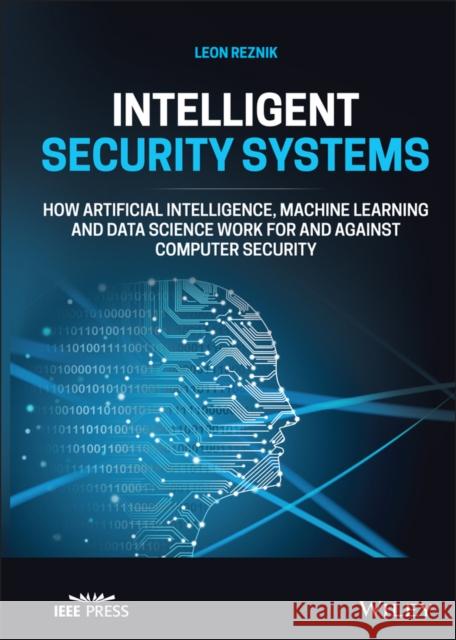Intelligent Security Systems: How Artificial Intelligence, Machine Learning and Data Science Work for and Against Computer Security » książka
topmenu
Intelligent Security Systems: How Artificial Intelligence, Machine Learning and Data Science Work for and Against Computer Security
ISBN-13: 9781119771531 / Angielski / Twarda / 2021 / 368 str.
Intelligent Security Systems: How Artificial Intelligence, Machine Learning and Data Science Work for and Against Computer Security
ISBN-13: 9781119771531 / Angielski / Twarda / 2021 / 368 str.
cena 453,78 zł
(netto: 432,17 VAT: 5%)
Najniższa cena z 30 dni: 439,85 zł
(netto: 432,17 VAT: 5%)
Najniższa cena z 30 dni: 439,85 zł
Termin realizacji zamówienia:
ok. 22 dni roboczych.
ok. 22 dni roboczych.
Darmowa dostawa!
Kategorie:
Kategorie BISAC:
Wydawca:
John Wiley and Sons Ltd
Język:
Angielski
ISBN-13:
9781119771531
Rok wydania:
2021
Ilość stron:
368
Waga:
0.85 kg
Wymiary:
25.4 x 17.78 x 2.24
Oprawa:
Twarda
Wolumenów:
01











